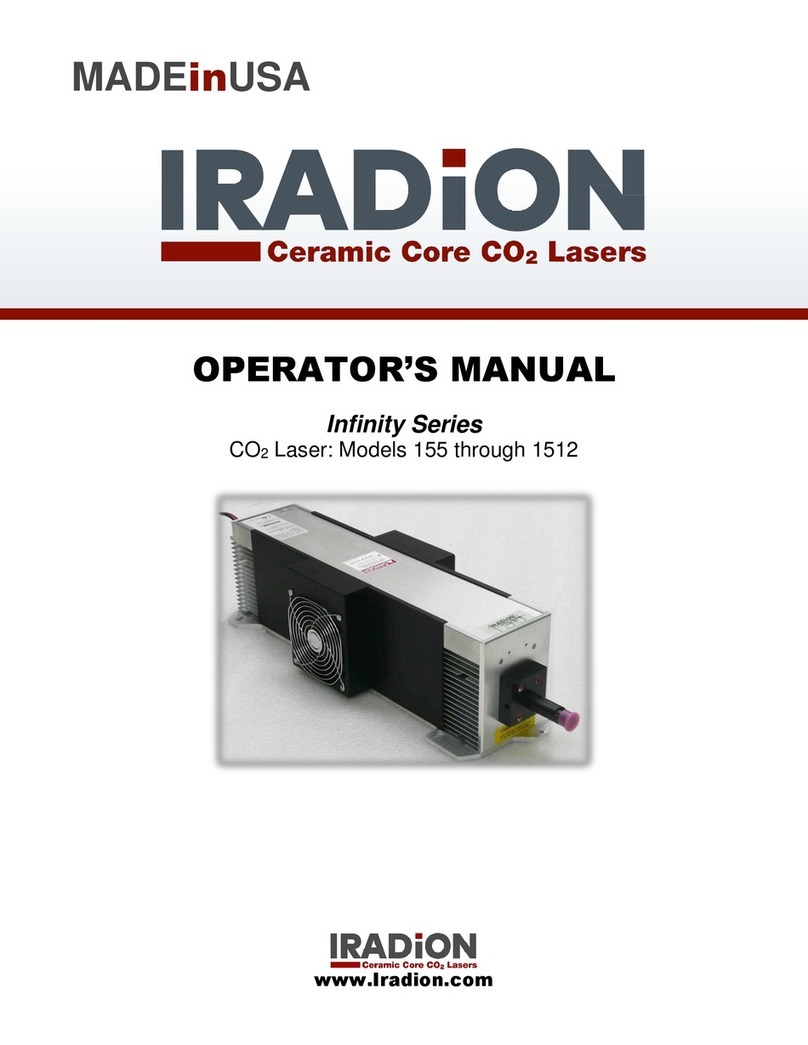92-3005 2
Table of Contents
Table of Contents................................................................................2
Hazard Information..............................................................................3
Terms............................................................................................................... 3
General Hazards..................................................................................3
General Hazards..................................................................................4
Other Hazards......................................................................................4
Label Locations...................................................................................5
Laser Safety.........................................................................................6
Declaration of Conformity..................................................................7
Declaration of Conformity..................................................................8
Introduction .........................................................................................9
CDRH....................................................................................................9
Available Safety Features...................................................................9
System Overview ..............................................................................10
Quick Start Connection Guide.........................................................11
1. Power Cable, All Lasers......................................................................... 11
2. Serial Communication Connector (3.5mm Jack)..................................... 11
3. Connector (DB-9)................................................................................... 12
Nominal Operating Voltages........................................................................... 13
“F” Type Lasers.............................................................................................. 13
Operation of Unit...............................................................................14
Tickle Pulse ............................................................................................... 15
Laser Command Signals................................................................................ 15
System Test............................................................................................... 16
Laser Indicator Lights..................................................................................... 16
Mechanical Outline ...........................................................................17
Troubleshooting................................................................................19
Indicator Lights Details................................................................................... 19































